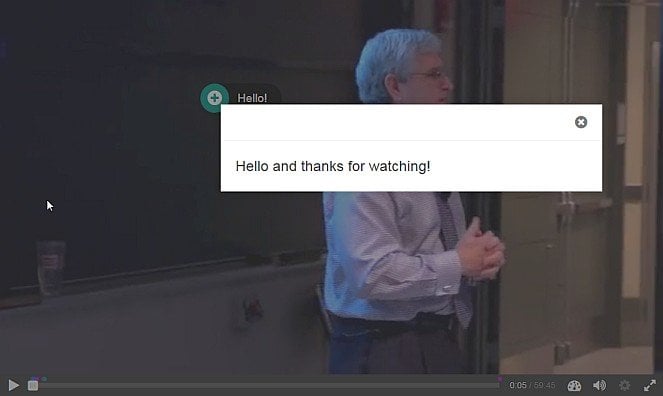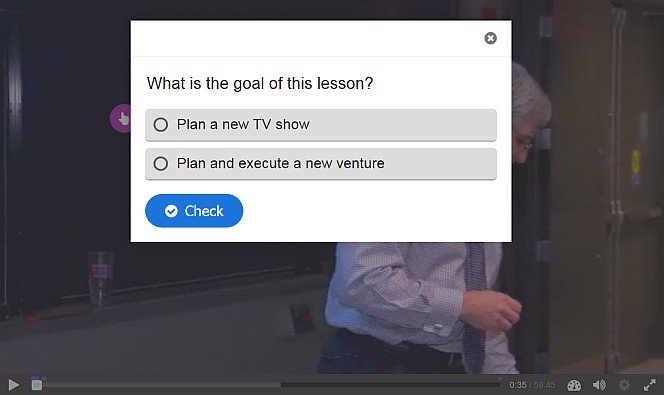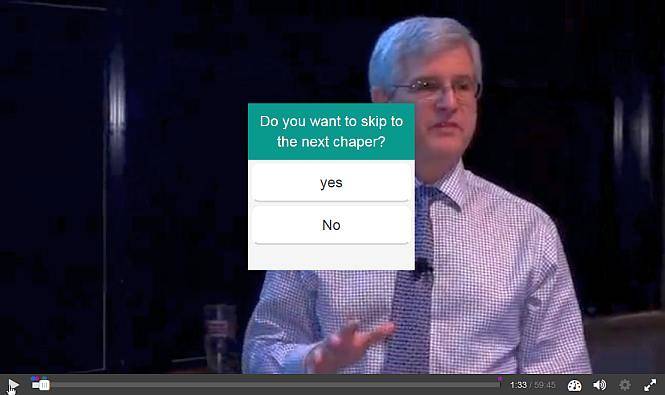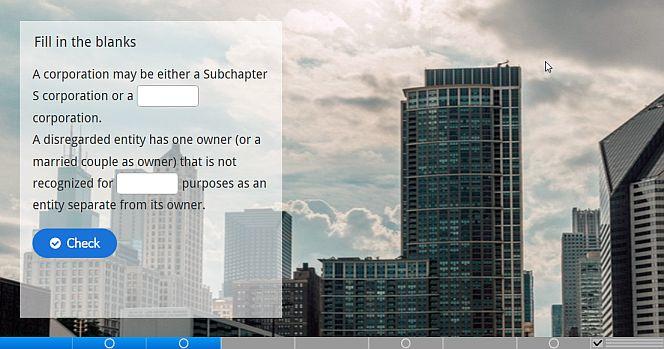Five Ways To Use Interactive Videos To Supercharge Your Continuing Education Online
By Marcus Thraen
Video learning has quickly become the gold standard for Continuing Education online. Not only can online video training for areas like Continuing Legal Education, Continuing Medical Education or Continuing Professional Education be more effective than in-person training for the purposes of on-demand training with reduced travel and training costs, but it is also more effective than textual learning in learner retention and engagement. According to Forrester Research, workplace learners engage with videos 75% more than text-based learning. Furthermore, after six months of the lesson, text-based learners forget up to 90% of the material learned, but video learners show an improvement of 83% in retention and comprehension over time.
Videos are an integral part of our world. That is why YouTube has more than 1 billion users, about 1/3 of all internet users. That’s also why about 1/3 of all online activity is now dedicated to videos. But video learning is said to be a passive activity. If videos are too long, users tune out. If they are too detailed, learners lose focus.
Interactive videos, however, can counteract these effects. By following these tips, your interactive CLE, CME or CPE can keep learners more attentive and responsive.
1. Gamification
Games are not only for kids. Gamification, the process of turning a learning module into a game, can vary in countless ways, but the basic idea is simply to entertain the learner and encourage friendly competition. Gamification often incorporates a reward system, a playable storyline of some sort, and various challenges that are overcome with a thorough understanding of the material. Level-based modules allow learners to accumulate points and advance through learning modules and the game’s storyline at the same time. A public leaderboard may encourage learners to exert more effort and be more attentive. At its core, gamification is a motivational tactic, but the result is often better learning retention and, consequently, better training.
2. Microlearning
The optimal length of online videos has been a topic of discussion in almost every field since online videos first became popular. A large-scale MIT study suggests that videos should be less than six minutes to retain maximum audience attentiveness. Many associations are taking this even further, breaking down videos into even smaller segments. This can be as simple as stopping the video after a short period of time and asking the learner a question or having them perform a learning-related task. This teaching method not only keeps learners more aware and engaged, but it allows them to accomplish their learning in bite-sized chunks, rather than put aside a large and restrictive block of time.
3. Mobile Learning
With 91% of smartphone users turning to their mobile devices to complete tasks these days, mobile learning is a necessity. As learning modules become smaller and more task-like, the ability for learners to complete video learning on their phones is essential. Moreover, as online video learning and gamification expands, mobile learning will become even more important as those two fields are intimately connected to smartphones. By designing interactive learning videos meant for mobile devices, associations should see improved access and engagement from learners.
4. Scenario-Based Learning
Scenario-based learning is nothing new. In fact, most learning is scenario-based in some form or another. When this learning tactic is applied to online video, however, it transforms into something more modern and exciting. When combined, video and scenario-based learning becomes an experience. Learners are better able to visualize and transport themselves into the scenario when it is visual.
Completing tasks or problems feel more authentic and enriching. Users are better able to apply their knowledge, logic and reasoning skills to video scenarios because they often feel more connected to the situation. In the end, these visual scenarios are easier to recall as well, leading to better knowledge retention and long-term understanding.
5. Story-Based Learning
Storytelling and the ability to understand a story is something deeply entrenched in everyone. Since time immemorial, stories have been used to pass along learning. So, of course, it works with online video learning. Story-based learning is an interesting and flowing method of learning. For understanding, learners are able to transport themselves into the narrative and comprehend the message better, not unlike scenario-based learning. In terms of retention, learners are able to easily remember and connect important concepts to the story. Tell a good story and the learner will always remember it
Vocalmeet’s CE platform comes with a customizable interactive video player that creates an engaging learning experience for your members. Here are a few examples that can be used for all of the strategies outlined above:
a) Hotspots

b) Multiple Choice

c) Smart Chapters & Single Choice

d) Fill in the blanks & Slide Carousel





